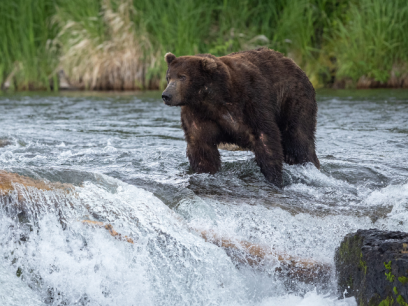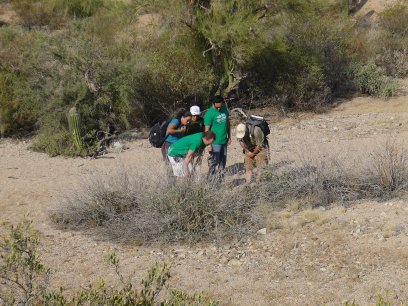
Honk honk! Make way for waterfowl!
This summer, you may have noticed waterfowl (geese, ducks, and swans) taking up residence in local parks, neighborhoods, business areas, and even airports. While these birds can be a lovely part of the landscape, too many of them in one place can threaten water quality.
Too much of a good thing
Waterfowl are an important natural resource, with key roles in the ecosystem and for recreational pursuits. However, an abundance of habitat (such as permanent water bodies and open areas of vegetation), a lack of significant predator presence, and an increasing non-migratory population mean that these populations can spiral out of control—just a single pair of geese can lead to almost 100 birds in five to seven years.
When such a large number of these birds are concentrated into a single area, there can be negative impacts on the local ecosystem. Erosion can be a problem, caused by the heavy traffic of the birds and exacerbated by damage to the vegetation caused by their intense grazing. The subsequent muddy, clouded water makes it difficult for other animals and plants to live in the waters.
Another threat to water quality comes not from the birds themselves, but rather what they leave behind—large quantities of feces. A lone goose can produce up to 1.5 pounds of droppings each day, and this influx of fecal matter can contribute to the spread of water-borne disease and harmful algal blooms. Yuck!
What can you do?
What should you do if you suspect that a large waterfowl population is degrading water quality near you? Research! Many types of waterfowl are protected under the Federal Migratory Bird Treaty Act and by state laws, so don't do anything drastic. Check out this resource from the USDA to learn more about what you can do to protect local water quality without harming these important bird populations.
Sources:
- City of Mildford, Connecticut. N.d. “Public Health Impacts of Feeding Waterfowl.” http://www.ci.milford.ct.us/sites/milfordct/files/file/file/public_health_impacts_geese.pdf
- Williams-Whitmer, Lisa, Margaret C. Brittingham, and Mary Jo Casalena. 2017. “Geese, Ducks, and Swans.” Penn State Extension. Accessed August 8, 2017. http://extension.psu.edu/natural-resources/wildlife/wildlife-nuisance-and-damage/birds/wildlife-damage-control-6-geese-ducks-and-swans


